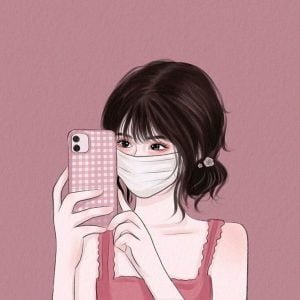Cork fabric is a natural material or leather substitute that is made from the cork oak tree. The bark harvested from the oak tree regenerates after the cork is stripped, making it a sustainable and biodegradable resource, and almost all cork products can be recycled.
Cork fabric is light, impermeable, compressible, and has low thermal conductivity
Cork material is used as a building material, in musical instruments, in rockets as insulation, packaging, shoes, furniture, and more recently, clothing and accessories.
The cork oak species (Quercus Suber) is native to the western Mediterranean basin. Portugal and Spain are the largest producers of cork.

How Is Cork Fabric Made?
The process of harvesting cork begins with the stripping stage. The stripping is done manually with a specially designed axe. The first stripping takes place when the tree is between 20 and 30 years old and does not meet the quality requirements to be used industrially. The next stripping is done nine years after the first.
The cork is boiled, marked, and cut. Afterward, cork planks are separated by quality. The cork will also go through a drying phase and be further washed and then treated for the industry in which it will be used. For cork fabric, the cork is left to dry for almost six weeks and is then boiled in water and flattened to create cork sheets. Cork fabric is produced from fine laminated sheets of natural cork or by gluing the cork to a textile or other base. Since cork is a fragile material, this second layer is necessary for the fabric to be used as a textile.
History and Uses
Though used in footwear thousands of years ago, the cork industry only started creating new materials out of cork for things such as furniture and coverings in the late 20th century, and cork fabric that is used in accessories and clothing has only gained attention during the 21st century
Companies can create cork leather to replace animal leather in bags, backpacks, wallets, belts, shoes, and dresses or use the fabric for upholstery. According to one study looking at cork as a material in fashion, cork itself is not considered a true textile since an additive or second layer has to be added to the fabric since cork can be fragile. However, the bonding of cork with other fibers allows for thin layers of the material, which allows for the fabric to be easily sewn.
Cork vs. Leather
Cork leather is favored over animal leather because of its sustainability and low environmental impact. Notably, cork can be used as a humane, plastic-free alternative to an animal product.
At the harvesting stage, which is done manually and with specialty tools, the cork industry has a low environmental impact because cork oak trees regenerate their bark after it is stripped. The trees are debarked in around another nine years to allow for enough growth time.
According to research comparing cork and leather, laminated cork has been shown to have lower water vapor permeability, lower air permeability, a higher abrasion resistance, and almost the same thermal abilities as animal leather. Leather was shown to be almost two times thicker than laminated cork, but the thermal resistance and thermal conductivity between the two materials were practically the same. A low air permeability means the fabric can protect from the wind, while a low water permeability protects from water. A higher abrasion resistance means that the material is able to resist wear.
Sustainability and Environmental Impact
Cork is a renewable resource; it is recyclable and also sequesters carbon dioxide. In addition, when the bark from a cork oak tree is harvested, it will produce between 250% and 450% more cork than a tree that hasn’t been harvested. This cork harvest stimulates growth, which will continue to sequester more carbon dioxide. The same study found that around 182,000 tons of carbon dioxide will be fixed with the production of 350,000 tons of cork.
Broadly speaking, cork is sustainable, but the specific materials and techniques used in creating cork fabric vary widely. GOTS is a worldwide textile processing standard that is used for organic fibers and incorporates social and ecological criteria in the process.
Meanwhile, some companies treat their fabric with water and stain repellents that may contain perfluorinated compounds (PFAS), which are known as “forever chemicals” in the environment.
Cork products should list whether or not they use fabric repellent and what backing is used in their products.


